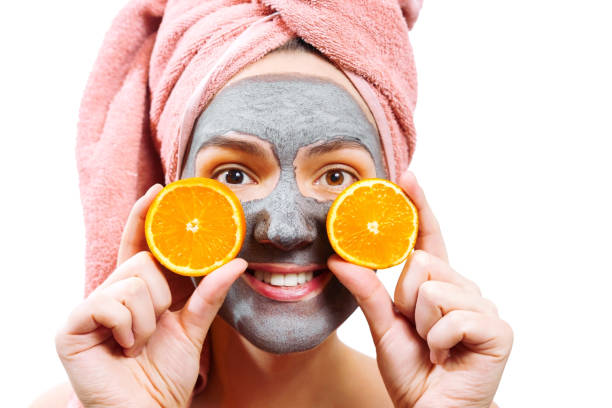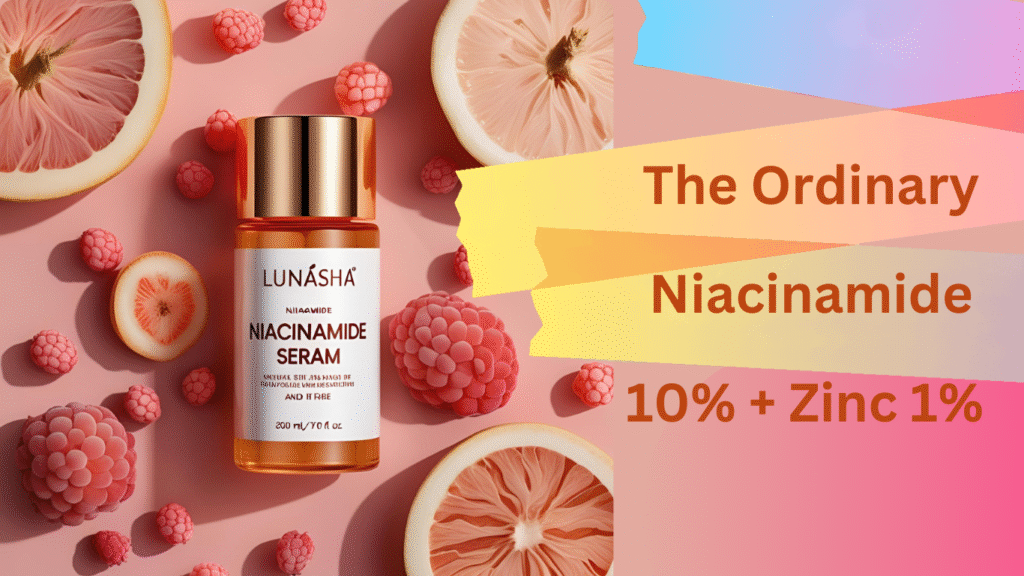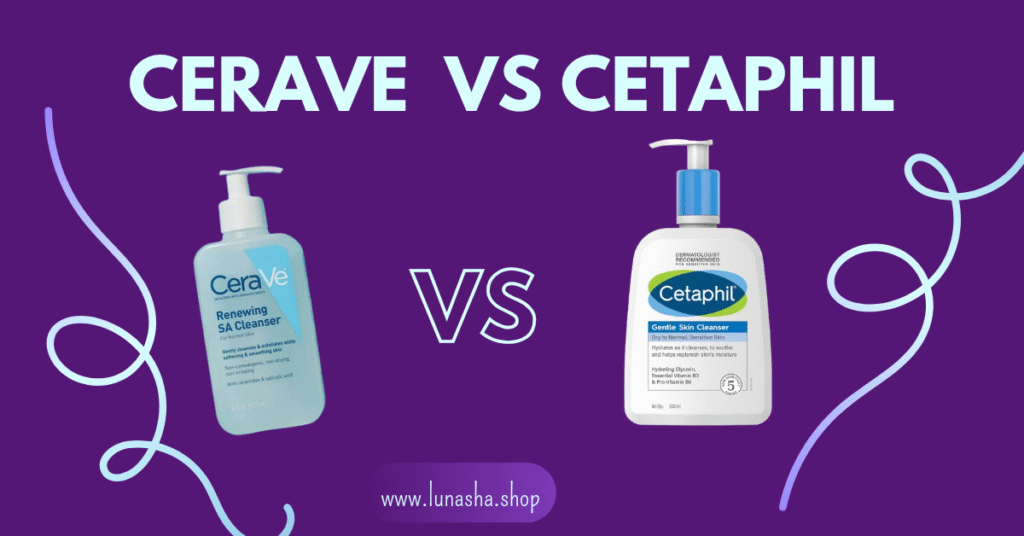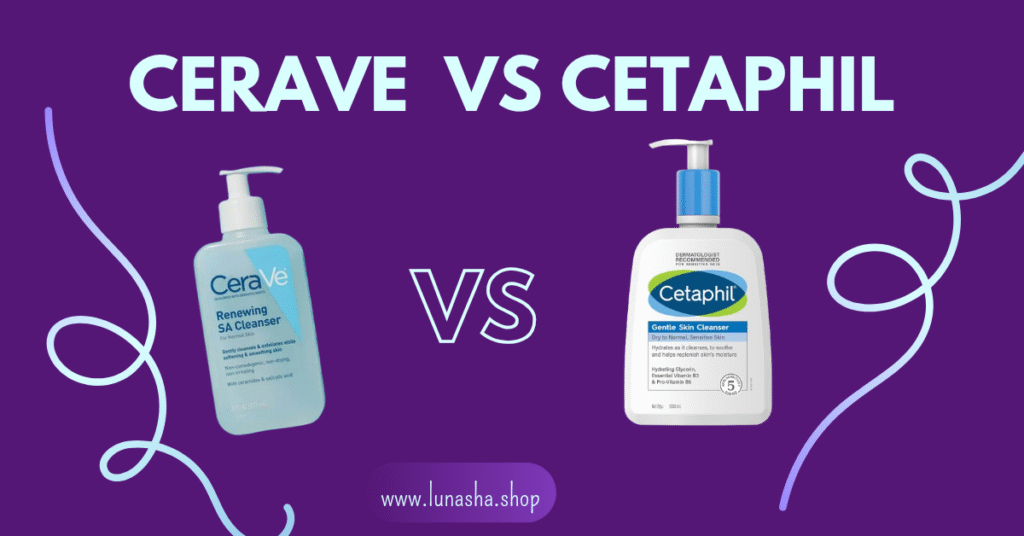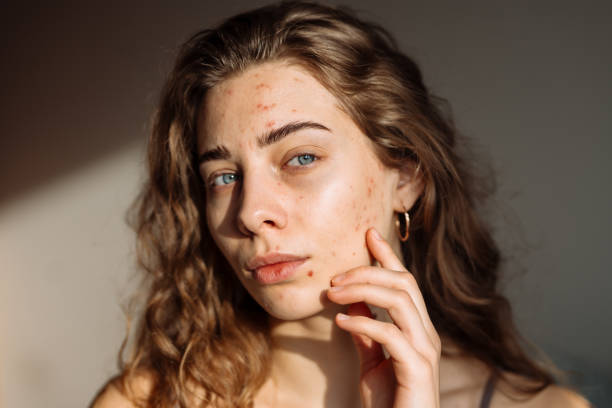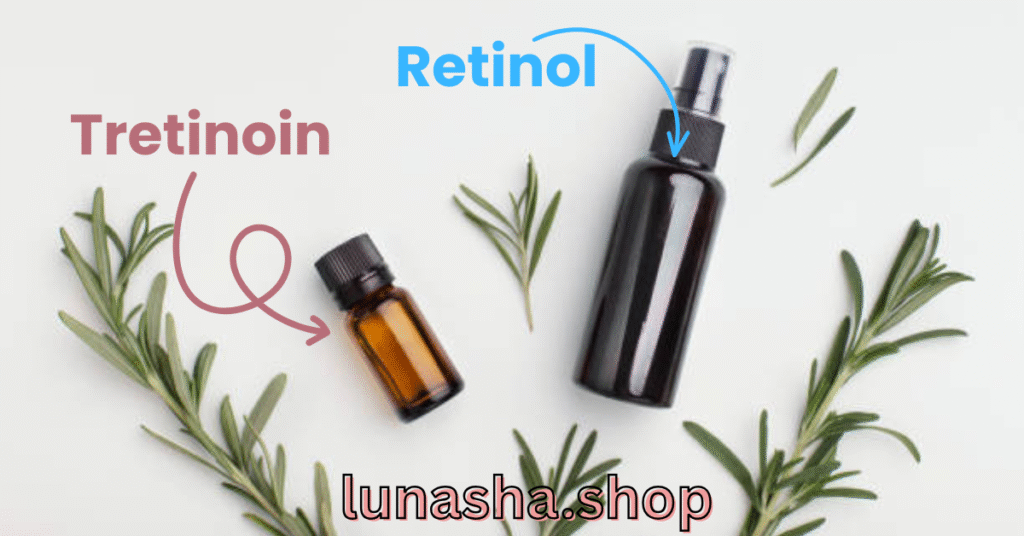Dermatologist’s Secret: Why Your Anti-Aging Routine Isn’t Working
I remember staring at my reflection in the bathroom mirror at 2 AM, wondering why I looked more tired than my mom did at my age. Despite spending nearly $400 on what I thought was a foolproof anti-aging routine, those fine lines around my eyes seemed to be getting deeper, not better. The expensive serums sat on my counter like silent witnesses to my frustration.
That’s when I realized something most people don’t want to hear: your anti-aging routine might be sabotaging itself. After years of trial and error, countless dermatologist visits, and honest conversations with skincare professionals, I’ve learned that the biggest secret isn’t about finding the perfect product—it’s about understanding why most anti-aging routines fail spectacularly.
The $200 Mistake That Changed Everything
Let me tell you about my biggest anti-aging blunder. I was 32 when I decided to get serious about skincare. You know how it is—you wake up one day and notice that your skin doesn’t bounce back like it used to. So I did what every panicked millennial does: I went shopping.
I bought everything the sales associate recommended. A vitamin C serum, retinol cream, AHA exfoliant, peptide moisturizer, and three different eye creams. I figured more products meant better results, right? Wrong. So incredibly wrong.
Within two weeks, my skin looked like I’d been attacked by an angry tomato. Red, peeling, and more irritated than my teenage acne days. I was putting powerful active ingredients on my skin without understanding how they interacted with each other. The retinol was fighting with the vitamin C, the AHA was over-exfoliating already sensitized skin, and my poor skin barrier was basically screaming for mercy.
That’s when I learned the first dermatologist secret: your skin needs time to adjust to new products, and layering multiple actives without proper knowledge can cause more damage than aging itself.
Why Most Anti-Aging Routines Fail From Day One
Here’s the thing nobody tells you about anti-aging routines—they’re not supposed to work overnight. I know, I know, it sounds obvious when I say it like that. But think about your expectations when you start a new skincare routine. You want to see results in a week, maybe two tops.
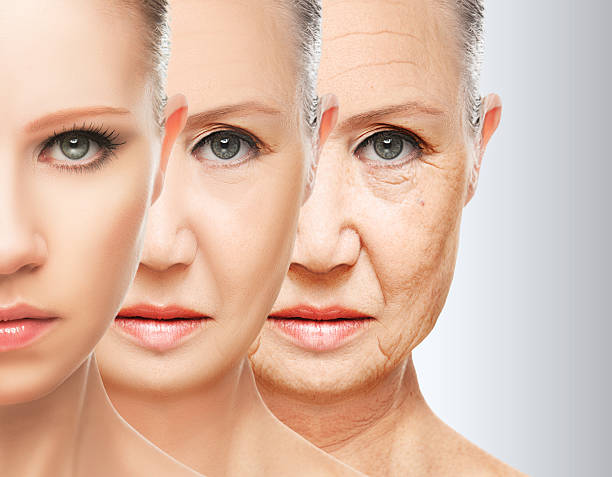
The reality is that skin cell turnover takes about 28 days for younger skin, and it gets slower as we age. By the time you’re in your 40s, that cycle can take up to 45 days. So expecting dramatic results in two weeks is like planting a seed and getting mad when it doesn’t bloom the next day.
Most people give up on their anti-aging routine before it has a chance to work. They’ll try a retinol for three weeks, decide it’s not doing anything, and switch to something else. Then they wonder why their skin never improves.
The dermatologist secret here is consistency over time, not intensity over days.
The Order of Operations That Nobody Talks About
This is where I really messed up initially. I thought skincare was like cooking—just throw all the ingredients together and hope for the best. But there’s actually a specific order to applying anti-aging products that can make or break your results.
I used to put my retinol on first, then my vitamin C serum, then my moisturizer. What I didn’t realize was that I was essentially creating a chemical reaction on my face that was neutralizing the effectiveness of both active ingredients.
Here’s what I learned from my dermatologist: thinnest to thickest consistency, and pH levels matter more than you think.
Water-based serums should go on first, followed by oil-based treatments, then moisturizer, and finally sunscreen during the day. But here’s the kicker—some ingredients shouldn’t be used together at all. Vitamin C and retinol? They fight each other. AHA and BHA with retinol? That’s a recipe for irritation city.
The secret is to alternate nights or use different products at different times of day. I now use vitamin C in the morning and retinol at night. My AHA exfoliant gets used twice a week on nights when I’m not using retinol. It took me months to figure this out, but once I did, my skin started actually improving instead of just surviving my routine.
The Sunscreen Lie That’s Aging Your Skin
Let’s talk about sunscreen for a minute. I thought I was being responsible by applying SPF 30 every morning before work. Gold star for me, right? Wrong again.
Most people apply sunscreen first thing in the morning but don’t reapply throughout the day, and this is one of the biggest anti-aging mistakes you can make. I was literally undoing all my nighttime repair work by not protecting my skin properly during the day.
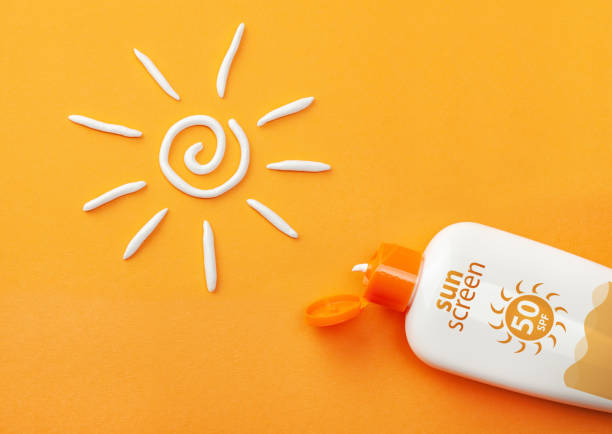
Here’s what I didn’t understand: sunscreen wears off. Even if you’re not swimming or sweating, the protection degrades over time. If you apply sunscreen at 7 AM and you’re still out and about at 3 PM, your skin is basically naked against UV damage.
The dermatologist secret? Reapplication is everything. I now keep a powder sunscreen in my purse and reapply every two hours. It sounds excessive, but the difference in my skin has been dramatic. Those fine lines that were getting deeper? They’ve actually started to fade because I’m not constantly damaging my skin while trying to repair it.
The Ingredient Overload That’s Sabotaging Your Results
I used to think that if one active ingredient was good, five must be better. My medicine cabinet looked like a chemistry lab. Retinol, vitamin C, peptides, AHA, BHA, niacinamide, hyaluronic acid—if it promised anti-aging benefits, I owned it.
But here’s what I learned the hard way: your skin can’t process that many active ingredients at once. It’s like trying to have five different conversations simultaneously. You’re not going to excel at any of them.
I remember one particularly bad week when I decided to “boost” my results by using every product I owned. My skin became so irritated that I had to go back to basics with just a gentle cleanser and moisturizer for two weeks. That’s when I realized I was overcomplicating everything.
The dermatologist secret is to choose two or three key ingredients and use them consistently rather than trying to create a 12-step routine that your skin can’t handle. I now focus on retinol for cell turnover, vitamin C for antioxidant protection, and hyaluronic acid for hydration. That’s it. My skin has never looked better.
The Hormonal Factor Nobody Mentions
This is probably the most important secret that dermatologists don’t always emphasize enough: your hormones are playing a bigger role in your skin aging than your skincare routine.
I spent years blaming my products when my skin would suddenly break out or look dull. I’d switch routines, try new ingredients, and get frustrated when nothing seemed to work consistently. Then I started tracking my skin changes with my menstrual cycle, and everything clicked.
During certain weeks of the month, my skin would be plump and glowing. Other weeks, it looked tired and showed every fine line. I was switching products based on these hormonal fluctuations, which meant my skin never got a chance to adjust to any routine.
The real dermatologist secret? Hormonal fluctuations are normal, and your skincare routine should account for them, not fight them. I now adjust my routine slightly throughout the month. During my luteal phase when my skin is more sensitive, I back off on active ingredients. When my estrogen is higher, I might add an extra exfoliation step.
The Expensive Product Trap
Let’s be real about something: I’ve spent embarrassing amounts of money on skincare. I once bought a $300 eye cream because the marketing convinced me it was revolutionary. Spoiler alert: it wasn’t any better than the $25 one I’d been using before.
The beauty industry wants you to believe that effective anti-aging requires expensive products. But some of the most effective anti-aging ingredients are actually quite affordable. Retinol, vitamin C, and niacinamide don’t need to cost a fortune to work.
I learned this lesson when I ran out of my expensive vitamin C serum and had to use a drugstore alternative for a week. Guess what? My skin looked exactly the same. The active ingredient concentration was nearly identical—I was just paying for fancy packaging and marketing.
The dermatologist secret is that ingredient quality matters more than brand prestige. Now I focus on finding products with the right concentration of active ingredients rather than the fanciest packaging. My wallet and my skin are both happier.
The Cleansing Mistake That’s Undoing Everything
I used to think that if my cleanser didn’t make my skin feel squeaky clean, it wasn’t working. I was using harsh sulfate cleansers that stripped my skin of its natural oils, thinking I was being thorough.
But here’s what I didn’t realize: over-cleansing can actually accelerate aging. When you constantly strip your skin’s natural protective barrier, you’re making it work overtime to repair itself. This leads to inflammation, which breaks down collagen and elastin—the very things that keep your skin looking young.
I switched to a gentle, pH-balanced cleanser that doesn’t foam much but still removes makeup and sunscreen effectively. The difference was noticeable within a week. My skin stopped feeling tight after cleansing, and my serums seemed to absorb better.
The dermatologist secret? Your cleanser should clean without stripping. If your skin feels tight or dry after cleansing, you’re using something too harsh for daily use.
To know about My Journey with Moderate Acne Scars: Prevention, Treatment tips
The Nighttime Routine That Actually Works
This is where I finally got it right. After years of trial and error, I’ve developed a nighttime anti-aging routine that actually works. It’s simpler than you’d think but more strategic than most people realize.
First, I remove makeup with a cleansing oil. This step is crucial because it breaks down sunscreen and makeup without harsh rubbing. Then I use my gentle cleanser to remove any remaining residue.
Here’s where timing becomes important: I wait 20 minutes before applying my retinol. This waiting period lets my skin’s pH return to normal and reduces irritation. I learned this trick from a dermatologist who pointed out that applying active ingredients to damp skin can increase penetration too much, leading to irritation.
After the retinol, I wait another 10 minutes before applying my moisturizer. This layering technique has made all the difference in how my skin tolerates active ingredients. The dermatologist secret is that patience in application is just as important as the products themselves.
The Hydration Mistake That’s Aging Your Skin
I used to think that if my skin was oily, it didn’t need extra hydration. Big mistake. I was using mattifying products and skipping moisturizer, thinking I was preventing breakouts. Instead, I was actually making my skin produce more oil to compensate for the dehydration.
Dehydrated skin ages faster than properly hydrated skin. When your skin doesn’t have enough moisture, fine lines become more pronounced, and your complexion looks dull. I was essentially fast-forwarding my aging process by avoiding hydration.
The turning point came when I started using hyaluronic acid serum under my moisturizer. Hyaluronic acid can hold up to 1,000 times its weight in water, which means it plumps your skin from within. Within a month, those fine lines around my eyes were significantly less noticeable.
The dermatologist secret is that hydration is prevention. You can’t reverse deep wrinkles, but you can prevent fine lines from forming by keeping your skin properly hydrated.
The Stress Connection Nobody Talks About
This might be the most overlooked aspect of anti-aging routines. I had the perfect skincare routine, I was using sunscreen religiously, and I was eating well. But I was also working 60-hour weeks and getting maybe five hours of sleep a night.
Chronic stress elevates cortisol levels, which breaks down collagen and impairs your skin’s ability to repair itself. All the retinol in the world can’t compete with chronically elevated stress hormones.
I didn’t realize this connection until I took a two-week vacation and noticed my skin looked better than it had in months. When I returned to my stressful routine, my skin went right back to looking tired and aged.
The dermatologist secret? Managing stress is just as important as using the right products. I now prioritize sleep and have incorporated stress-reduction techniques into my daily routine. The improvement in my skin has been as dramatic as any product I’ve ever used.
The Diet Factor That’s Sabotaging Your Results
I used to think skincare was purely external. Slap on some products, avoid the sun, and you’re good to go. But what I eat has a direct impact on how my skin ages, and this is something most people completely ignore.
I was eating a diet high in sugar and processed foods while expecting my expensive skincare routine to work miracles. But sugar causes glycation, which damages collagen and elastin. Processed foods create inflammation throughout your body, including your skin.
When I started eating more antioxidant-rich foods and reducing sugar, my skin started responding better to my skincare routine. It’s like I was finally working with my body instead of against it.
The dermatologist secret is that anti-aging is an inside-out process. You can’t out-cream a poor diet. Now I focus on eating foods that support collagen production and reduce inflammation. My skin has never looked better.
The Exercise Connection You’re Ignoring
Regular exercise increases blood flow, which delivers nutrients to your skin cells and helps remove waste products. It also helps manage stress hormones that can accelerate aging.
I used to be completely sedentary, thinking that my skincare routine was enough. But when I started exercising regularly, I noticed my skin had a glow that no highlighter could replicate. Exercise essentially gives you a natural facial from the inside out.
The dermatologist secret? Exercise is one of the most effective anti-aging treatments available, and it’s free. Now I make sure to get my heart rate up at least a few times a week, and my skin thanks me for it.
The Professional Treatment Reality Check
I spent years thinking I could achieve professional-level results with at-home products. While a good skincare routine is essential, there are some aging concerns that require professional intervention.
I finally bit the bullet and got a series of chemical peels and microneedling treatments. These professional treatments gave me the boost I needed to see real improvements in my skin texture and tone. My at-home routine maintains these results, but it couldn’t create them on its own.
The dermatologist secret is knowing when to seek professional help. Some concerns, like deep wrinkles or significant sun damage, need more intensive treatment than any over-the-counter product can provide.
The Patience Factor That Changes Everything
This is perhaps the most important lesson I’ve learned: anti-aging is a marathon, not a sprint. I used to expect immediate results and would get frustrated when I didn’t see dramatic changes within a few weeks.
But skin aging happens gradually over years, and reversing it also takes time. The fine lines I developed over a decade can’t be erased in a month. Understanding this has helped me stick with routines long enough to see real results.
The dermatologist secret is that consistency over time beats intensity over days. I now view my skincare routine as a long-term investment rather than a quick fix. This mindset shift has made all the difference in my results and my satisfaction with my routine.
Your Action Plan for Anti-Aging Success
Based on everything I’ve learned, here’s your realistic action plan for an anti-aging routine that actually works:
Start with the basics: gentle cleanser, moisturizer, and sunscreen. Use these consistently for at least a month before adding anything else. Your skin needs to be healthy before it can handle active ingredients.
Add one active ingredient at a time. Start with either retinol or vitamin C, but not both. Use it consistently for at least 12 weeks before deciding if it’s working. Remember, skin cell turnover takes time.
Focus on application technique. Wait for products to absorb before applying the next layer. Don’t rush your routine—this is self-care time, not a race.
Pay attention to your skin’s response. If you’re experiencing irritation, scale back rather than pushing through. Irritated skin ages faster than healthy skin.
Remember that anti-aging is holistic. Your skincare routine is important, but so is your diet, exercise, sleep, and stress management. Work on all these areas for the best results.
The biggest dermatologist secret of all? There’s no magic bullet for aging. It’s about consistent, gentle care over time. Your skin didn’t age overnight, and it won’t reverse overnight either. But with patience, the right approach, and realistic expectations, you can absolutely slow down the aging process and improve your skin’s health and appearance.
Stop chasing the next miracle product and start focusing on what actually works: consistency, patience, and treating your skin with the respect it deserves. Your future self will thank you for it.
Frequently Asked Questions
Q: How long does it take to see results from an anti-aging routine? A: Most people start seeing subtle improvements after 4-6 weeks of consistent use, but significant changes typically take 12-16 weeks. Remember, skin cell turnover slows with age, so patience is key.
Q: Can I use retinol and vitamin C together? A: It’s generally not recommended to use them at the same time as they can neutralize each other’s effectiveness. Use vitamin C in the morning and retinol at night for best results.
Q: What’s the most important step in an anti-aging routine? A: Sunscreen, hands down. UV protection prevents 80% of visible aging signs. Without proper sun protection, other anti-aging efforts are much less effective.
Q: How often should I change my anti-aging routine? A: Don’t change your routine too frequently. Give products at least 12 weeks to work before making changes. Constant switching prevents your skin from adapting and showing results.
Q: Are expensive anti-aging products worth it? A: Not necessarily. The effectiveness depends on active ingredient concentration and formulation, not price. Many affordable products contain the same active ingredients as expensive ones.
Q: When should I start an anti-aging routine? A: Prevention is easier than correction. Starting with basic sun protection and gentle care in your 20s is ideal, but it’s never too late to start taking better care of your skin.
Q: Can diet really affect skin aging? A: Yes, absolutely. High sugar intake causes glycation, which damages collagen. A diet rich in antioxidants and healthy fats supports skin health and can slow aging processes.
Q: How do I know if my anti-aging routine is working? A: Look for improvements in skin texture, reduced fine lines, more even skin tone, and better hydration. Take photos in consistent lighting to track changes over time.
Q: Is it normal for my skin to get worse before it gets better with retinol? A: Yes, this is called “retinol purging” and can last 4-6 weeks. However, if irritation is severe or doesn’t improve, you may need to reduce frequency or concentration.
Q: Do I need different products for different areas of my face? A: The eye area has thinner skin and may benefit from gentler formulations, but you don’t necessarily need separate products for every facial area. Focus on gentle, effective ingredients for your whole face.
The Ordinary Niacinamide 10% + Zinc 1%: Why This $7 Serum Nearly Ruined My Skin (And How I Fixed It)
Picture this: You’re standing in your bathroom at 11 PM, staring at your reflection with…
Can You Use Niacinamide with Retinol? Confusion To Glowing Skin
The Crisis: When My Skincare Routine Became a Nightmare I’ll never forget the night I…
CeraVe vs Cetaphil Cleanser: My 5-Year Journey to Perfect Skin (And Why I Finally Chose a Winner)
I still remember standing in that Target aisle back in 2019, completely overwhelmed by the…
CeraVe vs Cetaphil: My 2-Year Journey Testing Both Brands (And Why I’ll Never Go Back)
The Great Skincare Debate That Changed My Life Picture this: I’m standing in the skincare…
Best Retinol for Acne Scars 2025: My Journey from Pizza Face to Clear Skin (And the Products That Actually Worked)
Best Retinol for Acne Scars 2025 The Day I Looked in the Mirror and Cried…
Tretinoin vs Retinol for Acne Scars: Dermatologist’s Choice
Tretinoin vs Retinol The Night I Almost Gave Up on My Skin I remember staring…

